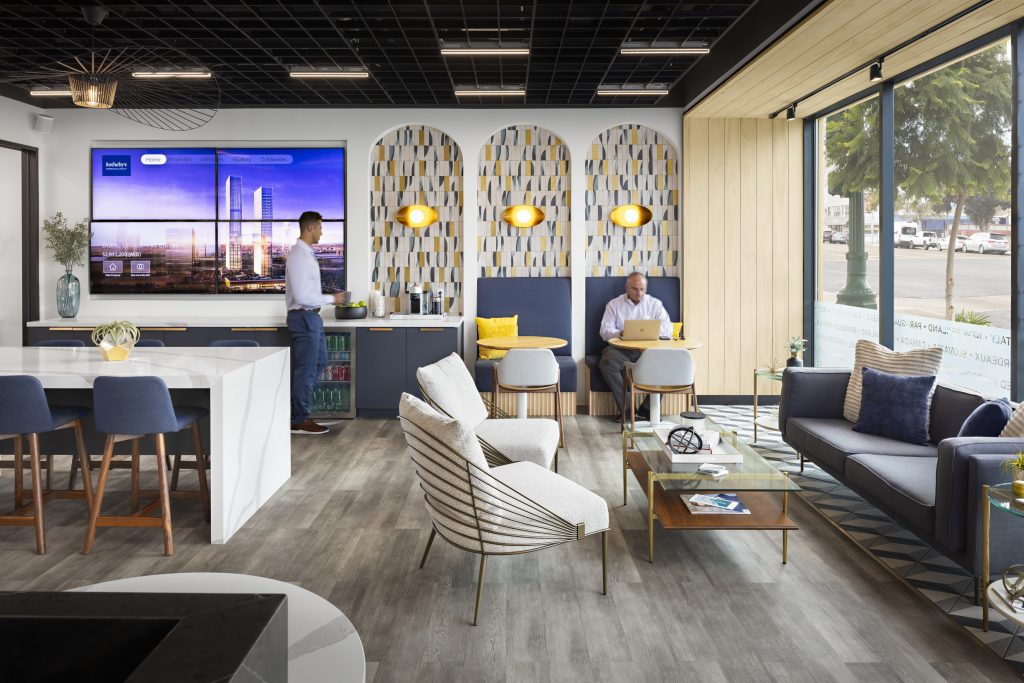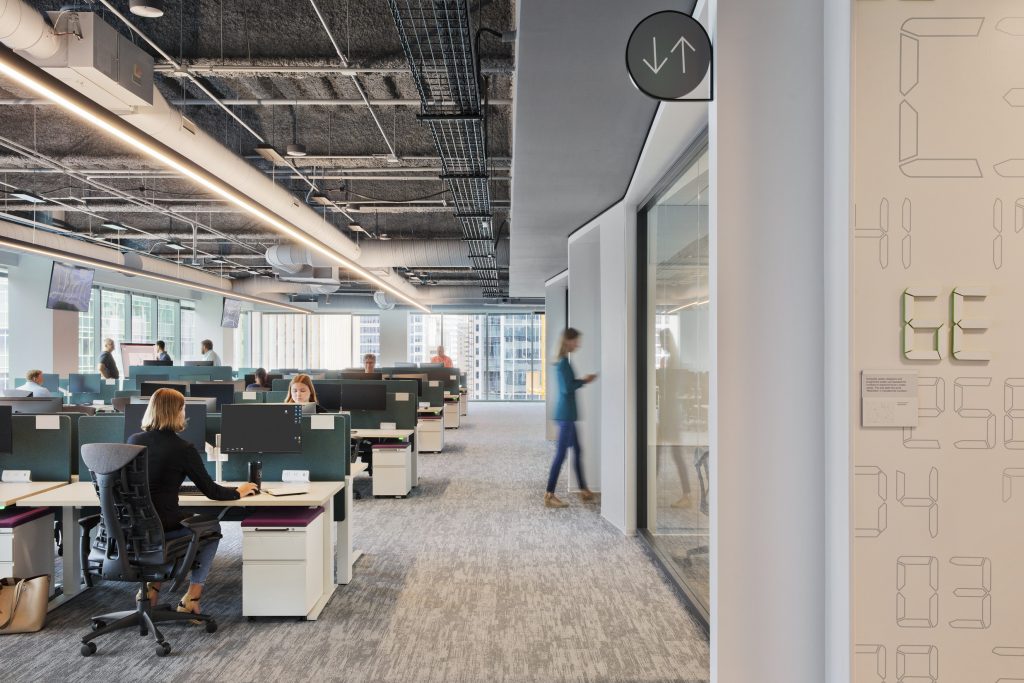New Contributor, Alex Leadon, explores the evolving concept of “first”, “second”, and “third” places in the context of work and community, highlighting how beauty, purpose, and meaning shape our emotional connection to physical spaces.
We all have special moments or core memories that we hold deep in our hearts. So often, those experiences are connected to a physical space – perhaps a city, school, home, park, historic building, iconic monument, place of worship, performance venue … the possibilities are limitless. My special someplace was the Plaza Café – a quirky eatery that I would go to with my grandfather in Gainesville, Florida.
I’ve thought about the sights, sounds and smells of that café – and the way they made me feel – many times over the years. And as I’ve grown professionally, I’ve given much thought to the question: What makes a place significant? Certainly, there are places we might forget or even wish to remove ourselves from, but what about the spaces that leave a positive impact? What is it that causes a space to stir emotions?
It comes down to beauty, purpose and meaning – how these aspects lead us to develop positive notions around sense of place and become emotionally attached to spaces.
In the context of architectural design, a space is generally defined as one of three primary types of places:
- “First” Place refers to one’s home.
- “Second” Place refers to a space where one goes for the purpose of work.
- “Third” Place is a space the one chooses to inhabit voluntarily, beyond home or work. These are informal, welcoming spaces where people gather, interact and build relationships.
Third places commonly include community centers, theaters, parks, art galleries, music venues, restaurants, bars and coffee shops. In the past, these were places where people would go after clocking out from work or on weekends. However, the pandemic and technological advancements have blurred the line between the second and third place. We can now find people working in environments traditionally considered “third places” all hours of the day. And with so many people working from home, the line between first and second place has also blurred.

How then do we continue to embrace this evolution while respecting and upholding the concept of first, second and third places? What is the significance of the second place in this new era of work? And why should we uphold this category of place? In white collar, knowledge worker terms, the purpose of the office can be open to interpretation. Nevertheless, it is still intended to serve as a place to work, alone or together with colleagues, with access to the equipment and tools needed to be successful. In addition to that straightforward purpose, an office space must also hold beauty in this day in age.
Beauty is what attracts users and clients to a space. It could be the grandness or uniqueness of the architectural design of the building, the genius of its interior planning and materials, the aesthetic of the chosen artwork. Any or all of these elements can culminate in a space that people cannot wait to be in, love to work in, or want to share with others.
Then there is the nostalgic component. The first office I worked in had a few noteworthy design elements but was not especially ground-breaking. I remember, however, the day I received my first box of business cards. Sitting in the office at my desk surrounded by colleagues while looking at that first card was a proud moment in my career.

Nostalgic memories and stories such as these hold beauty and meaning. Being present and working in a physical office alongside colleagues can set the stage for a dynamic experience that cannot be created in other circumstances. Similar are the connections that are made and the mentoring that can occur while working with one another day-to-day. The physical office can give a real sense of identity to the company and work that one does.
As a result, we are seeing the blurring of lines between places in other ways. Many offices seek to provide a “third place” in the workplace in the form of coffee areas, cafes, outdoor spaces, game rooms and more. Incorporating these types of spaces in an office is not a new concept, but as a growing percentage of people opt to work from third spaces, the value of having a comparable and appealing place on site has grown in importance. Pushing the envelope and designing these amenities to feel more like true “third places” rather than a space within an office can go a long way towards increasing the value that employees place on their physical work environment. Not only do these spaces advance community and connection, but they also create a sense of identity and autonomy, which deepens the meaning of the second place. When it comes to physical office spaces, deeper meaning leads to deeper purpose, both of which are strengthened by the beauty that creates attachment to this place and its significance in one’s life.
When you depart from your home and head into the world — whether it is to a café, a family gathering space, a community museum, or your office — remember that each of these spaces can be equally significant if you can see the beauty, purpose and meaning they embody. We need a variety of spaces – first, second and third – to uphold the complexity and the simplicity of this world we cherish.


